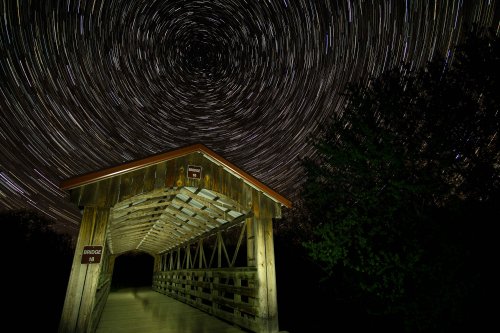For hundreds of generations, humans have been stargazing. We watched the movements of the sun, moon, and stars and learned the cycles of days, months, seasons, and years. We connected the stars, created constellations, filled the sky with our stories, and passed on to the next generations what mattered most to us. In the last centuries, observers have studied the starlight more carefully and discovered an amazing story of how galaxies formed and created the stars that fused the elements that made life and stargazers possible.
 In the last few generations, we have been losing the view of the starry skies that so filled us with awe. Our artificial lights are creating a sky glow that is making it more and more challenging to see the starry skies. The stars are going to be just fine, but we humans and other members of the ecosystem might not be. We are squandering money and are making the landscape less safe. More and more research is emerging showing how artificial light is disrupting our sleep, destroying our health, degrading our environment, interfering with pollinators, and confusing migrators. We are losing our heritage of a night sky that has inspired so much science, art, music, and literature. This loss is not an invitation to despair. There are simple steps we can take to bring back the night.
In the last few generations, we have been losing the view of the starry skies that so filled us with awe. Our artificial lights are creating a sky glow that is making it more and more challenging to see the starry skies. The stars are going to be just fine, but we humans and other members of the ecosystem might not be. We are squandering money and are making the landscape less safe. More and more research is emerging showing how artificial light is disrupting our sleep, destroying our health, degrading our environment, interfering with pollinators, and confusing migrators. We are losing our heritage of a night sky that has inspired so much science, art, music, and literature. This loss is not an invitation to despair. There are simple steps we can take to bring back the night.
Photo by Joe Baumann; Starry Trails over Bridge 18